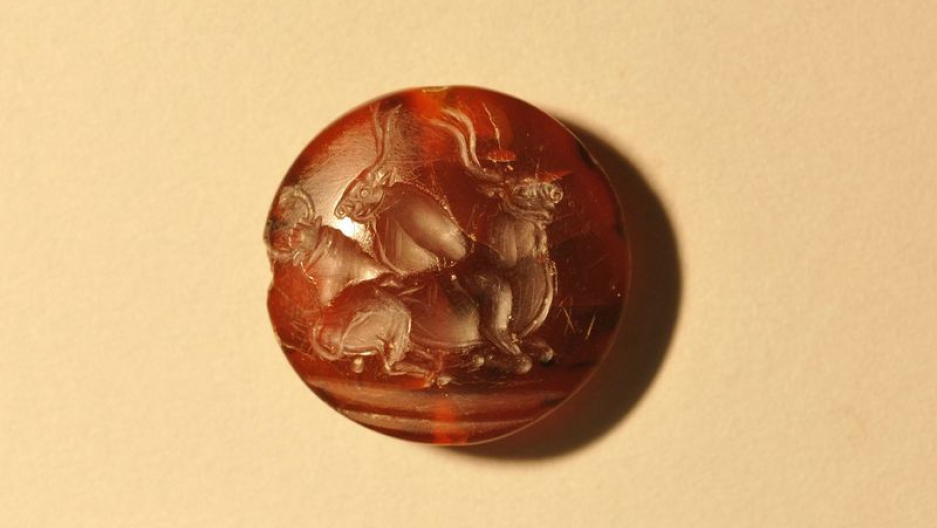Discovery from 3,500 years ago challenges gender roles
By Elizabeth Shockman, Matt Frassica

Discovery from 3,500 years ago challenges gender roles
By Elizabeth Shockman, Matt Frassica
Husband-and-wife archaeologist team Jack Davis and Sharon Stocker have just made the biggest archaeological discovery of its kind in at least half a century.
“It was kind of a combination of expertise and dumb luck,” says Jack Davis, “We were not planning to excavate in this area.”
Davis and his wife Stocker, both archaeologists from the University of Cincinnati, had been trying to purchase a plot of land near the ancient city of Pylos in southwestern Greece.

Stocker and Davis first cleared brush away from the plot of land. Then, they and their team noticed five stones above the surface of the earth. At first they thought it was the corner of a Bronze Age house. Then, after some digging, Davis got a phone call: “We hit bronze,” the area supervisor said.

Davis and Stocker rushed back to the site.

What had been discovered was the ancient tomb of a warrior who was buried with a sword and a trove of jewelry some 35 centuries ago.
He likely died “several centuries before the time that Homer was writing about, which I think makes it all the more spectacular,” Stocker says, “This could have been perhaps even the founder of the dynasty Later Nestor who ruled at Pylos.”
In the warrior’s grave the archaeologists found a sword, a gold-hilted dagger, and more than 45 seal stones, each bearing intricate designs like long-horned bulls and human bull jumpers.

There were also several combs, a mirror, and an elaborate necklace decorated with ivy leaves near the skeleton’s neck.
The discovery is changing the way archaeologists are interpreting ancient graves, and ancient civilization.
“Up until now people have speculated that certain artifacts can be ascribed to a particular gender,” Stocker says, “But now we have one man buried with objects that until now have been thought of as female artifacts. He had six combs, he had a bronze mirror, he had beads, he had necklaces. He had all of these things, and so we’ve learned from this burial that the grave goods now cannot necessarily be attributed along gender lines. That’s one thing that I find really exciting.”

Stocker and Davis say they have a lot of work ahead of them to continue studying their discovery.
“Probably for the rest of our lives will be working on this amazing find. It’s something to look forward to,” Stocker says.
This story first aired on PRI’s Studio 360 with Kurt Andersen.